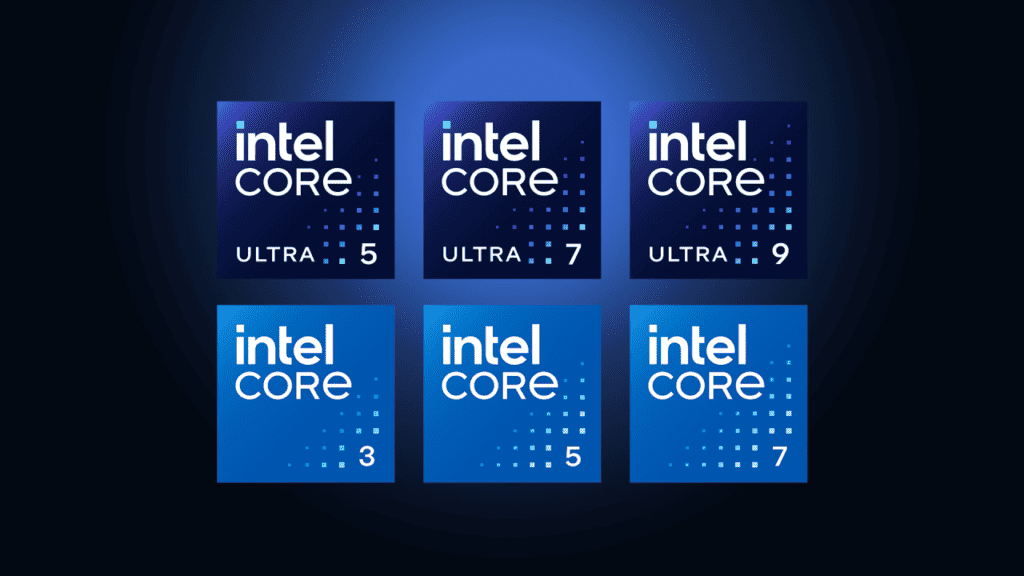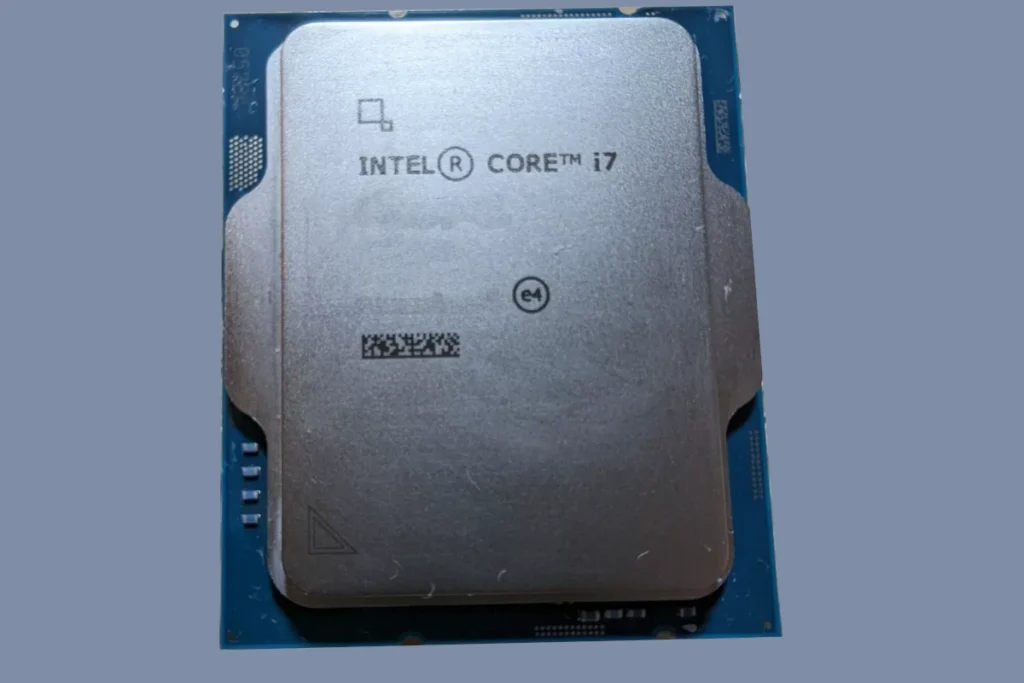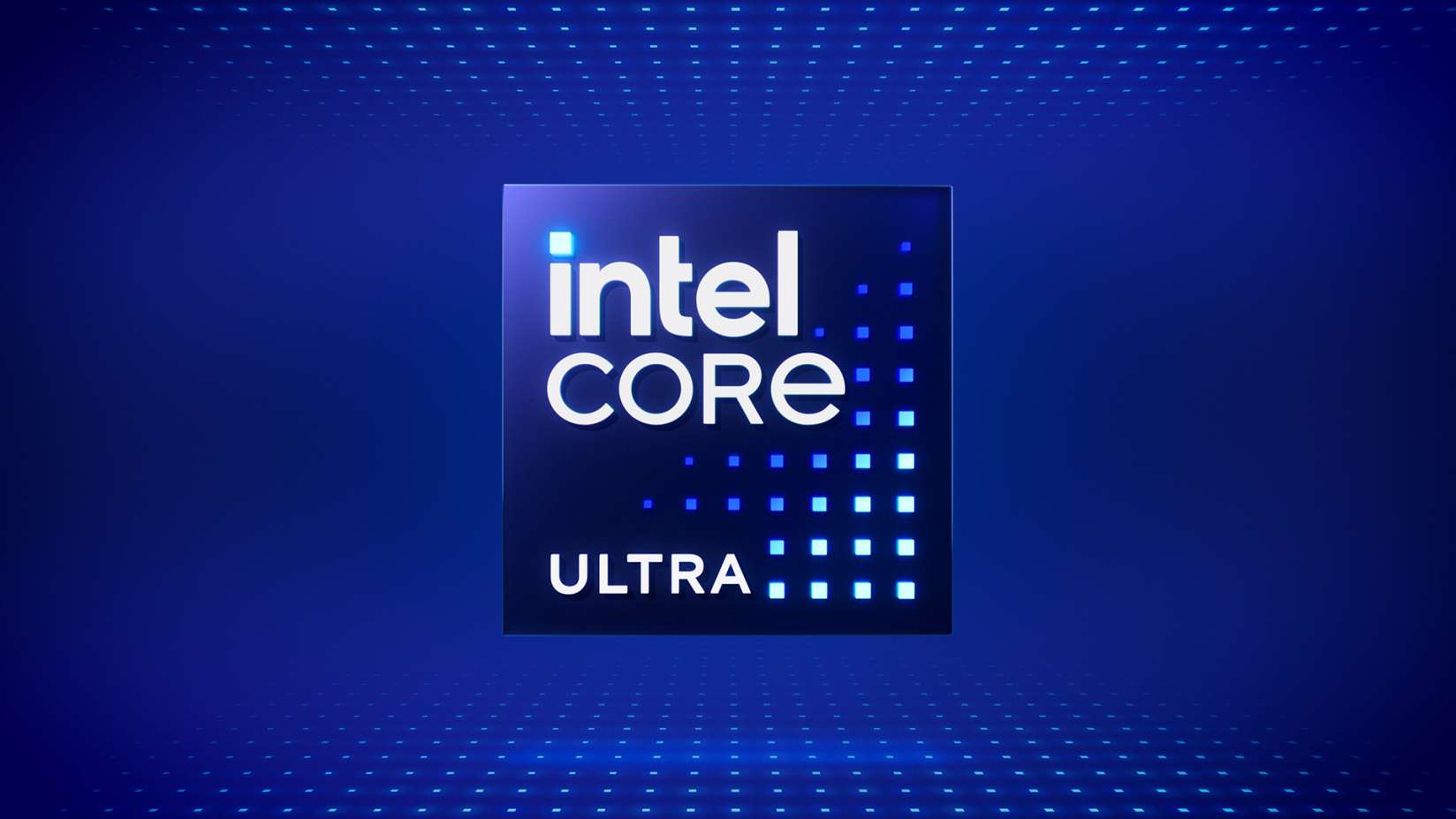Tech enthusiasts are excited about Intel’s upcoming 15th-generation processors, called Arrow Lake. These new chips are expected to bring significant speed and power improvements. Rumors suggest that Intel may release the Arrow Lake CPUs in late 2024 or early 2025. The next-gen chips will use advanced manufacturing processes, including Intel’s 20A technology and TSMC’s 3nm process.
These upgrades could result in better performance and energy efficiency. Intel aims to regain its competitive edge with Arrow Lake, and fans are eager to see how these chips will compare to rival offerings. Stay tuned for more updates as the release date approaches.
Latest Updates – August 2024
Intel 15th Gen (Arrow Lake) is expected to launch towards the end of 2024, possibly in October. However, laptops with these CPUs may not be widely available until early 2025.
Key Points and Speculations:
- Codename: Arrow Lake
- Launch Date: October – December 2024 (estimated)
- Architecture: Hybrid architecture with Performance Cores (P-Cores) and Efficient Cores (E-Cores)
- Core/Thread Count:
- Up to 8 P-Cores and 16 E-Cores (total 24 cores, 32 threads) for desktop (Arrow Lake-S)
- Configurations for mobile are not yet confirmed
- TDP: Up to 125W for desktop
- Base Clock: Up to 3.5 GHz (rumored)
- Socket: New LGA 1851 socket
- Chipset: Intel Z890
- Other Features:
- Improved integrated graphics
- Support for DDR5 RAM
- PCIe 5.0 support
Important Notes:
- These are leaks and rumors, and the final specs and release date may change.
- Intel has not officially confirmed most of these details.
- The performance improvements over the 14th Gen are still unknown.
- The availability of laptops with Arrow Lake CPUs may be limited in early 2025.
Overall:
Intel 15th Gen (Arrow Lake) is shaping up to be a significant release with a new architecture, improved performance, and new features. However, it’s important to wait for official confirmation from Intel and independent benchmarks before making any judgments about its capabilities
Intel’s 15th Gen “Arrow Lake” CPUs: The Next Leap in Performance
Expected Launch Date
Intel has officially confirmed that its 15th-generation CPUs, codenamed “Arrow Lake,” are set to launch in the fourth quarter of 2024. This means we can expect them to hit the market sometime between October and December. However, the exact date remains under wraps.
New Features and Improvements
Arrow Lake promises a host of enhancements over its predecessors. It’s rumored to utilize Intel’s 20A node, a cutting-edge manufacturing process that could deliver significant performance and efficiency gains. This new architecture may also bring support for DDR5-6400 RAM and potentially PCIe 5.0, requiring new motherboards for compatibility.

Performance Expectations
While concrete benchmarks are yet to emerge, early rumors suggest a substantial performance boost over the 14th generation. The focus is on improving instructions per clock (IPC) and overall efficiency, which should translate to faster and smoother computing experiences.
Competition with AMD
Intel’s 15th Gen CPUs are expected to go head-to-head with AMD’s Ryzen 9000 series, also anticipated to launch in late 2024. This rivalry promises to drive innovation and push the boundaries of desktop computing performance.
Potential for Desktop and Laptop Variants
Intel is likely to release Arrow Lake chips for both desktop and laptop platforms. However, some speculate that laptops equipped with these CPUs might not be available until early 2025, even if the desktop versions launch in late 2024.

Table: Rumored Intel 15th Gen (Arrow Lake) Specifications
| Feature | Rumored Specifications |
|---|---|
| Architecture | Lion Cove (P-Cores) and Skymont (E-Cores) |
| Manufacturing Process | Intel 20A |
| Socket | LGA 1851 (new) |
| Max Core Count | Up to 8 P-Cores + 32 E-Cores |
| Hyperthreading | Potentially removed from P-Cores |
| RAM Support | DDR5-6400 |
| PCIe Support | Potentially PCIe 5.0 |
Key Takeaways
- Intel’s Arrow Lake CPUs may launch in late 2024 or early 2025
- New chips will use advanced 20A and 3nm manufacturing processes
- Arrow Lake aims to boost Intel’s position in the competitive CPU market
Technological Advancements in Intel’s 15th Generation
Intel’s 15th generation CPUs bring major upgrades to core architecture, manufacturing processes, and integrated technologies. These changes aim to boost performance and efficiency for users.
Evolution of Core Architectures
The 15th gen chips use new core designs called Lion Cove for performance cores and Skymont for efficiency cores. These replace the Raptor Cove and Gracemont cores from earlier generations. The new cores are expected to provide better Instructions Per Clock (IPC) performance.
Intel is sticking with its hybrid architecture. This mixes high-power P-cores with energy-saving E-cores on the same chip. The goal is to balance speed and battery life in laptops.
Rumors suggest Intel may increase the number of cores. This could mean more E-cores to handle background tasks. More cores often lead to better multitasking and faster processing for complex workloads.
Enhancements in Process Technology
Intel plans to use its 20A process node for 15th gen CPUs. This is similar to a 2 nanometer (nm) manufacturing process. It’s a big jump from the Intel 7 process used for 13th and 14th gen chips.
The new process brings two key technologies:
- RibbonFET: A new transistor design that improves performance and efficiency.
- PowerVia: A method of delivering power from the back of the chip, allowing for better signal quality.
These changes should lead to faster, more power-efficient processors. Intel may also use chip designs from TSMC to make some parts of its CPUs.
Integration of Advanced Technologies
15th gen chips are set to include several new and improved features:
- Upgraded integrated graphics for better gaming without a separate GPU
- A more powerful Neural Processing Unit (NPU) for AI tasks
- Support for faster DDR5 RAM, possibly up to DDR5-6400 speeds
- PCIe 5.0 support for high-speed storage and graphics cards
- Thunderbolt 5 for super-fast data transfer and display connections
Intel is using a tile-based design. This lets them mix and match different parts of the chip. It gives more flexibility in creating CPUs for different needs and budgets.
Market Dynamics and Competitive Landscape
Intel’s upcoming 15th generation CPUs are expected to have a significant impact on the processor market. This release is likely to affect competitors and alter consumer expectations in terms of performance and features. The battle for CPU market share between Intel and AMD continues, with AMD’s Ryzen chips having exerted pressure on Intel in recent years. With the 15th gen chips, Intel aims to regain lost ground and hopes to outperform AMD in key areas such as single-core and multi-core performance. Better performance could help Intel win back customers. On the other hand, AMD is not idling by and may release new Ryzen chips to compete with Intel’s offering. This ongoing competition incentivizes both companies to innovate continuously.
Impact of Rumors and Leaks
Leaks about Intel’s 15th gen chips create buzz in the tech world. Sites like Moore’s Law Is Dead share unofficial info. This shapes expectations before launch.
Rumors can affect current CPU sales. Some buyers may wait for new chips instead of buying now. This could hurt short-term sales for both Intel and AMD.
Leaks also put pressure on companies to deliver. If final products don’t match rumors, fans may feel let down. This makes managing expectations crucial for Intel.
Anticipated Impact on the CPU Market
The 15th gen Intel chips could change the CPU landscape. New features like improved E-cores may set new standards. This could force competitors to catch up.
Pricing will be key. If Intel prices aggressively, it could gain market share. But it might also start a price war with AMD. This could benefit consumers but hurt company profits.
The new LGA 1851 socket means new motherboards. This could boost sales for board makers. But it also adds costs for users wanting to upgrade.
Frequently Asked Questions
Intel’s 15th generation processors are generating buzz in the tech world. People want to know about new features, performance gains, and pricing. Let’s explore some common questions about these upcoming CPUs.
What are the anticipated features of the upcoming Intel 15th generation processors?
The 15th gen chips may bring improved core designs. Rumors suggest better power efficiency and faster clock speeds. Some expect enhanced integrated graphics and AI capabilities.
How will Intel’s 15th generation CPUs compare to the 14th generation?
Early reports hint at a 15% performance boost over 14th gen chips. The new CPUs could offer better multi-tasking and faster single-core speeds. Exact comparisons will depend on final specs and benchmarks.
What is the expected pricing for the Intel 15th generation chips?
Pricing details remain uncertain. Intel typically aims to keep new gen CPUs competitive with previous models. Expect a range of options from budget to high-end processors.
Is Intel planning to introduce a new socket type with the 15th generation?
There’s no confirmed info on a new socket type yet. Intel may stick with the current LGA 1700 socket for compatibility. Any socket changes would impact motherboard choices for upgrades.
What improvements will Intel 15th generation processors bring for gaming?
Gamers can look forward to potential frame rate boosts. Faster clock speeds could help with CPU-intensive games. Improved integrated graphics might benefit casual gaming on non-dedicated GPUs.
Will there be backward compatibility with DDR4 RAM in the 15th generation Intel processors?
RAM compatibility is still unclear. Recent Intel generations have supported both DDR4 and DDR5. The 15th gen might continue this trend, but it’s not confirmed. Official specs will provide a definite answer.







